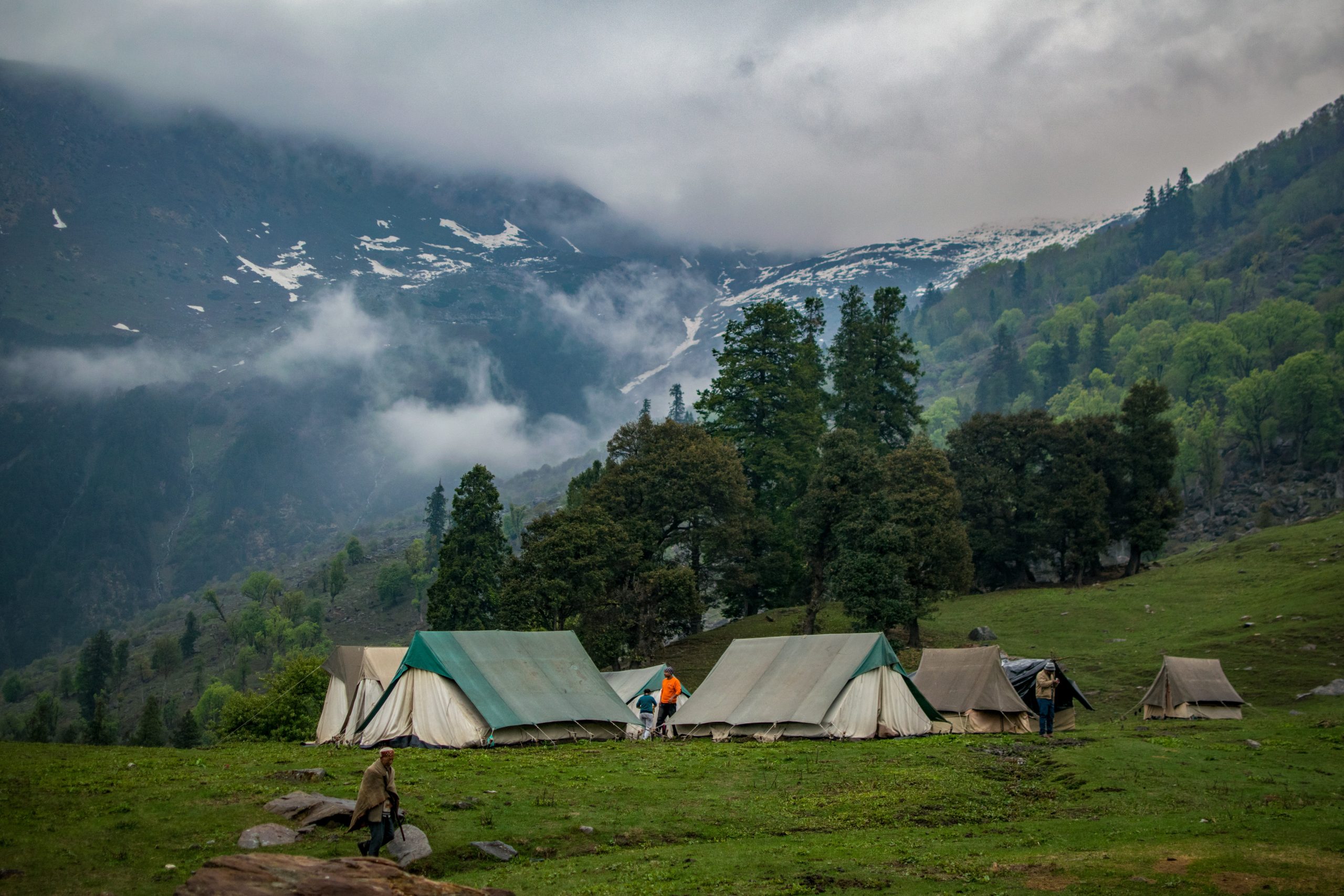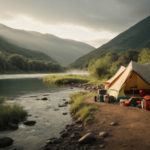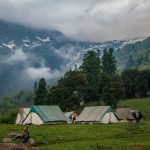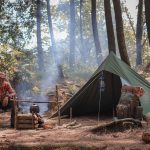Camping Tent buying guide
The first thing one beginner will need before buying a camping tent is a guide for buying a Camping tent. Camping tents come in many different types and sizes, with various factors to consider when selecting one. A tent can be a permanent fixture in your camping gear, or it can be used as a temporary shelter while you’re exploring an area. In this “Camping tent buying guide” article, we will know the most important and effective way to select the best camping tent.
The most common type of camping tent is the backpacker’s tent. This type of tent is designed for lightweight use. Sometimes it includes the feature of a single wall that encloses the sleeping area and room for storage. Backpacker’s tents are typically easy to set up and take down. But, they don’t offer much protection from the weather.
Another common type of camping tent is the three-season tent. Manufacturers designed these tents to use in temperate climates near the ground. And it is good news that you can use them in cold weather if you layer up correctly.
Types of Camping Tents: Camping tent buying guide
At first, we will describe some tents matching your interest based on the purpose.
Many camping tents and tarps are available in the market based on size, quality, purpose, and longevity. Tarps are the cheapest option but don’t provide as much coverage or ventilation as other types of tents. RVs and backpacking tents offer more features and are often more expensive. But they’re also more extensive and require more space. Family camping tents are the most popular type because they combine all the benefits of other types of tents with the convenience of sleeping inside a vehicle.
Camping tents for families:
Camping tents are an essential item for any family camping trip. Not only do they provide shelter from the weather, but also they can act as a base of operations for the rest of your outdoor activities. Camping with family is a matter of joy and recreation. You may have four to eight members in your family or even more than Them. The household camping tent will give you adequate room to accommodate your family in one tent. It will make sure the most effective climate protection. Some camping tents may have separate spaces for privacy. These camping tents will enable you to position a table and chair. And you will enjoy the whole camping trip in the tent even on a rainy day.
Camping tents for the solo trip:
A camping tent for a solo trip can be a great way to reduce expenses and have more space. There are a few things to consider when choosing the right camping tent for your needs. First, consider the size of the tent. A smaller tent will be more than enough if you only plan to use it for one or two nights. On the other hand, if you’re planning on spending several days or even weeks out in the woods, a giant tent will be better. Second, look at how easy it is to set up and take down the tent. Some tents are very easy to set up, while others require serious muscle (or help from another person). Third, think about weather conditions when making your purchase.
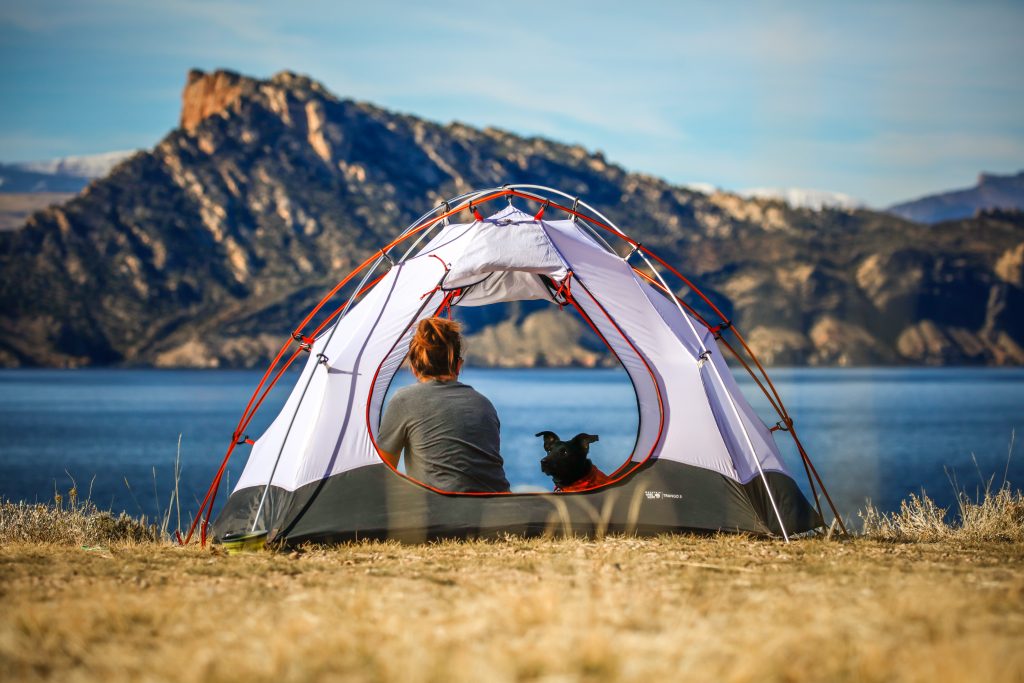
Backpacking Camping tent:
Camping tents are perfect for backpacking, as they provide shelter from the weather while keeping you comfortable and organized. They’re also lightweight enough to carry on your back, making them perfect for long trips into the wilderness. The two main backpacking tents are the single-walled dome tent and the double-walled floorless or A-frame tent. These tents vary significantly in price and weight, but they are all extremely lightweight and compact.
Factors to Consider for buying a Camping Tent:
If you are finding for a camping tent for your next camping or backpacking trip, you will want to consider a few factors.
First, size is something to keep in mind. The tent size range starts from 3 people. It can accommodate up to 10 people, and you can make it adapted to fit any need.
Second, weight is also essential when selecting a camping tent. As you want, the camping tent will not be too heavy to carry but not so light that it has to struggle in wind or rain.
And, Third, Cost is another factor to consider as tents can range in price from around $30-$200.
Finally, comfort is vital when choosing a camping tent as you want it to offer good ventilation and insulation to stay warm and dry.
Camping Tent buying Hacks:
Now you have enough knowledge to buy a tent that will be your best gadget for your next trip. We will discuss some essential points to help you navigate the best tent.
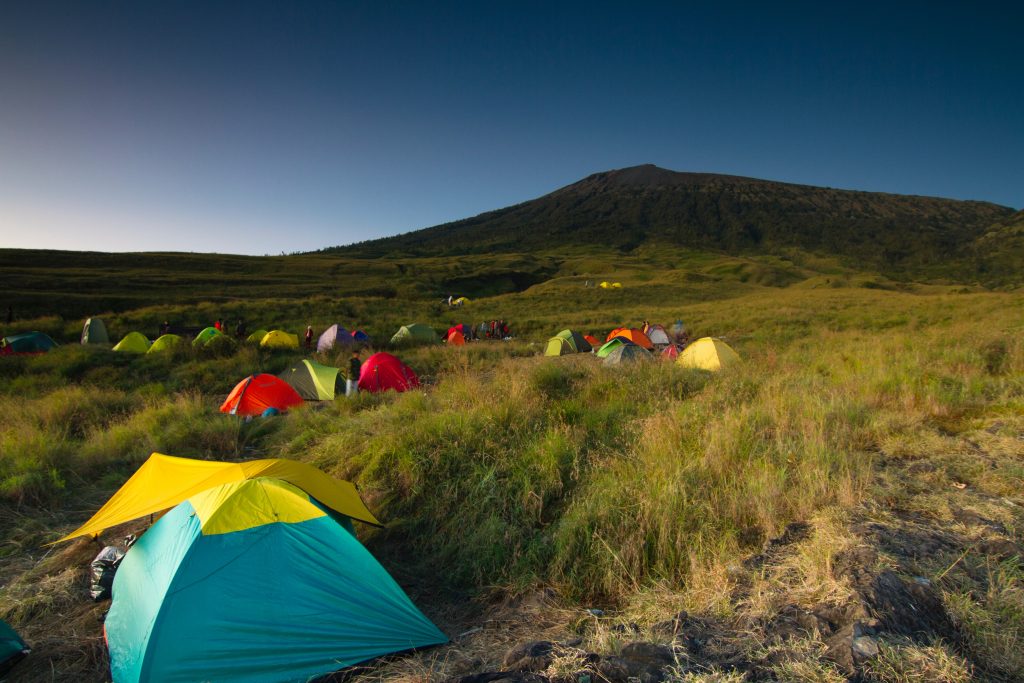
Tents Seasonality: Camping tent buying guide
When buying a new tent, you must remember the seasonality of your trip. If you like camping in any season, read the below seasonal tent variety.
Three-Season Tents
The most popular type of tent is the Three-season tent. They are light shelters, and you can use them in the cooler seasons of spring, summer, and fall. To increase airflow, they are often equipped with large mesh panels. Mesh panels can keep insects out, but they can also let in powdery winding sand. You can appropriately pitch a 3-season with a taut rainfly, but it is not recommended for prolonged exposure to severe storms, strong winds, or heavy snow.
The main functions of 3-season tents are:
- You will remain dry in the rain and light snow.
- Protect you from the bugs
- Protect your privacy
These tents typically have 1 to 2 more poles and fewer panels than 3-season models. They are stronger and more comfortable than their 3-season counterparts. Extended-season tents can be an excellent choice for those who frequent high-elevation locations.
Four-Season Tents
Four-season tents are designed to withstand strong winds and heavy snow loads. They are designed to be used in severe weather conditions, especially in winter and above the treeline.
They are heavier than 3-season tents and use more poles and heavy fabrics. The rounded dome design eliminates snow accumulation from flat roof spaces. They have a few mesh panels and rainfly close to the ground. Due to this lack of ventilation, they can feel stuffy and warm in mild weather. A 4-season tent is a safe refuge when the wind blows hard.
Tent Sleeping Capacity:
First, consider your group size and whether you may need extra space for your gear, dogs, or friends. However, no industry standard specifies tent dimensions per person.
Our general advice when evaluating tent capacity ratings is to assume a close fit. You may consider increasing your tent’s capacity by one person if you need more space, especially if you have a tent companion.
- are large people
- Are you claustrophobic?
- Toss at night and turn
- You will sleep better if you have more elbow room than the average.
- Are you bringing a tiny baby or a pet dog?
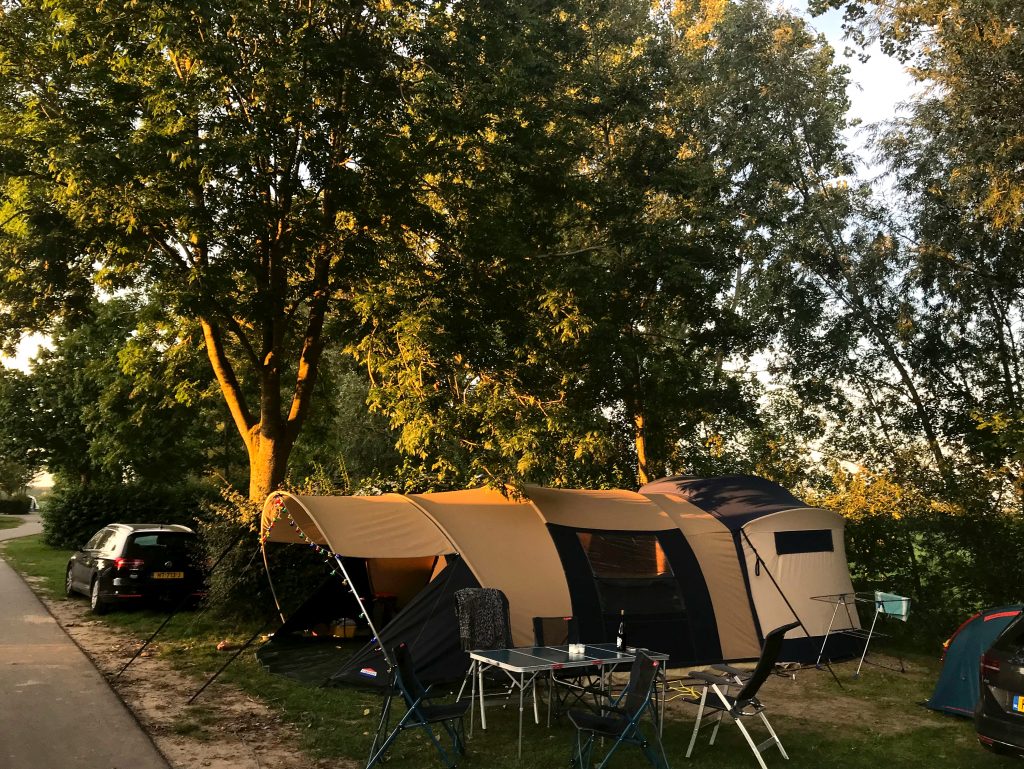
Check the Peak Height:
The tall peak height of a tent will let you stand when changing clothes or the airiness and lightness of high ceilings.
Cabin-style tents have near-vertical walls that maximize height and livable area. (Some models include family-pleasing features like room dividers, an awning, and vestibule doors that can be staked as such).
Dome-style tents offer superior strength and wind-shedding capabilities, significantly benefiting on a stormy night. Their walls are taller in the middle but have a slightly smaller living space.
Consider the tent Floor-Length:
Consider a tent with a 90-inch floor rather than the more common 84-88 inches. This part is important cause if you buy a slightly small floored tent, you may have to buy another tent when you want to accommodate one or two extra members. In this matter, you may have to pay some extra money, but it is strongly recommended.
Tent Doors:
Consider the number of doors you will need and the shape and orientation while buying a tent. Multiple doors are a good choice for camping with family members. The multiple doors will make it easier not to climb over each other when you need to use the bathroom at night. The doors are ideal for cabin-style tents. You will also know how quiet and easy the doors can be opened and closed. The doors with YKK zippers are more resistant to snagging or breaking than other zippers.
Remember the Tent Poles
The tent’s pole structure determines how easy or difficult it is to pitch. Almost all family tents are now freestanding. They don’t require stakes for setup. This has the advantage of easily picking up the tent and moving it around before you stake it. It is also easy to clean the tent before you take it down.
You can set up poles faster with fewer poles. It is also much easier to attach poles using clips than to thread them through long sleeves. Many tents use short pole sleeves and clips to balance strength, ventilation, and ease of setup. Pole clips and corners are colour-coded, making it easier to set up. Aluminium poles are more sturdy and durable than fibreglass.
Rainfly plays a vital role in camping tent buying guide
Rainfly is a waterproof cover used over your tent’s roof. It can be used whenever rain is predicted or when you need to retain warmth. There are two types of rainfly. Roof-only rain-flies offer more light and views but proper protection from the rain. Rainflies with full coverage offer maximum protection against wind and rain.
Ventilation is an essential matter for camping tent buying guide
In all the tents, mesh panels are used for the ceiling, doors, and windows. This panel allows for views and improves cross-ventilation, which helps to manage condensation. Here in this camping tent buying guide, we recommend Larger mesh panels for hot and humid climates.
Tent Materials:
Be aware that rain-flies and fabric canopies made from higher-denier fabrics are more durable than those made of lower-denier materials. Tent floors with high-denier fabrics and seam tape reduce the likelihood of leakage.
Vestibules / Garage :
You can attach awnings or shelters to your tent to store or shelter your boots or keep your pack out of the rain. These can be purchased separately or as an integral part of the rainfly.
Interior Loops & Pockets:
A lantern loop is usually placed at the top of a tent’s roof for hanging lanterns. If you don’t like to keep accessories and small things on the floor, loops can be attached to tent walls to hold a mesh shelf (sold separately). Interior pockets are options to organize your tent.
Guy Loops:
Higher quality tents will have loops at the tent’s exterior for attaching guy lines. Guy lines are the way to batten down the hatches during high winds.
Camping tent set up guide
Thank you for reading the Camping tent buying guide
Camping in a tent can be a fun and rewarding experience. When camping in a tent, it is essential to keep some things in mind. First, make sure that your tent is correctly pitched so that it will be able to withstand winds and rain. Next, be sure to pack enough supplies so that you can survive rough conditions. Finally, remember that camping in a tent requires some preparation – know how to set up your tent and pitch it correctly. By following these tips, you can have an enjoyable camping experience regardless of weather conditions.
Have a nice camping trip. We are always here for you. Just visit us randomly, comment on your chosen topic and get your answer immediately.

